Timid dogs are shy pups that can melt hearts with soft gazes and gentle nudges, seeking solace in our warmth. Their quiet affection feels like a secret shared, a whispered bond between souls who understand the power of vulnerability. Their skittishness only intensifies the joy of earning their trust. Each tail wag is a precious victory in a language of unspoken love. The top seven most timid dog breeds might be a little icy at first, but they will surely warm your heart once you get to know them.
Why are some dog breeds timid?
Certain breeds are naturally inclined to be shy guys. It’s something inherited from their ancestors that they can’t help. Other breeds learn their timidness from traumatic events or uncomfortable living conditions. Below, we unravel why some breeds are more timid than others:
- Genetics: Specific breeds were historically bred for tasks that didn’t necessarily require boldness or confidence. For example, companion dogs like Cavalier King Charles Spaniels may have been selected for their calm and gentle nature, leading to a predisposition towards timidity in some individuals. Hunting dogs bred for specific prey like Basset Hounds might be less assertive towards humans due to their focused hunting instincts.
- Early Life Experiences: The first few months of life are crucial for a puppy’s development, including socialization and exposure to different stimuli. Lack of proper socialization during this sensitive period can lead to fearfulness and shyness later in life. This is true for all breeds, but particularly relevant for breeds predisposed to timidity.
- Environment: The dog’s living environment can also influence their confidence. Loud noises, busy households, or unpredictable situations can be overwhelming for timid dogs, reinforcing their timidity.
- Individual Variation: It’s important to remember that even within breeds known for being timid, there will be a significant range of individual personalities. Some dogs may be naturally bolder than others, regardless of their breed background.
- Other factors: Health issues, pain, or past negative experiences can also contribute to a dog’s timidity.
Remember:
- Timidity is not the same as aggression. Timid dogs might avoid interaction or cower in new situations, while aggressive dogs may display growling, snapping, or biting. The two can coexist, but it’s not always the case.
- With proper training, socialization, and a supportive environment, even timid dogs can learn to overcome their fears and become more confident companions.
- If you’re concerned about your dog’s timidity, it’s always best to consult with a qualified animal behaviorist for personalized advice and training strategies.
So next time you encounter a timid pup, remember – sometimes the biggest treasures come in the quietest packages. Their gentleness, loyalty, and unique way of connecting can turn them into the most rewarding companions of all. We turned to eight expert sources to learn about the most timid dog breeds that were mentioned most. Let us know your thoughts in the comments below!
➡️ How Our “Best Of The Best” Lists Are Created
StudyFinds’ “Best of the Best” articles are put together with the idea of taking the work out of common consumer research. Ever find yourself searching for a product or service on Google and reading multiple reviews to find items listed across many of them? Our Best of the Best lists are created with that process in mind, with each item ranked by how frequently it appears on expert reviews or lists. With Best of the Best, you are getting consensus picks — making them truly the best of the best!
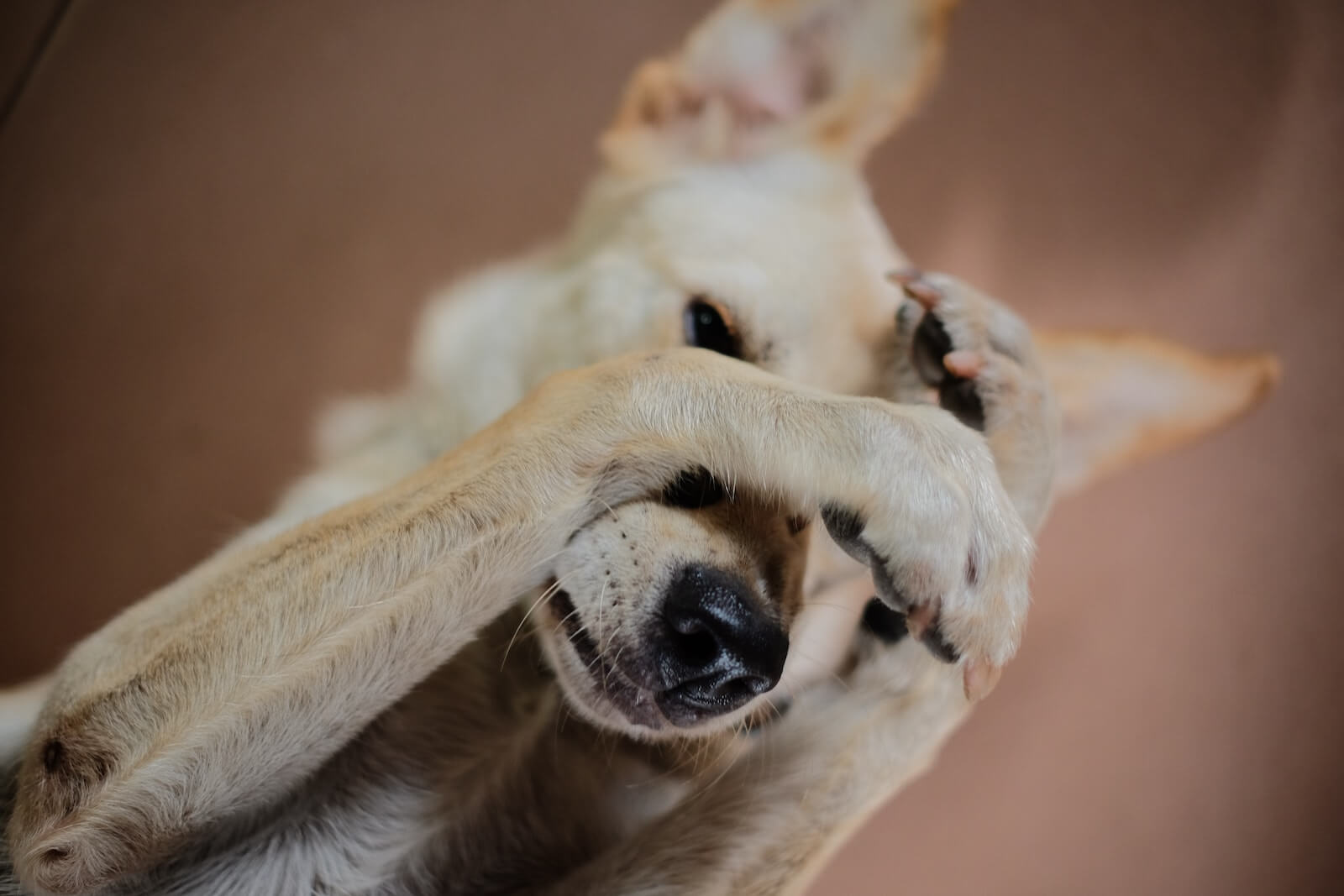
The List: Most Timid Dog Breeds, According to Canine Specialistssss
1. Maltese
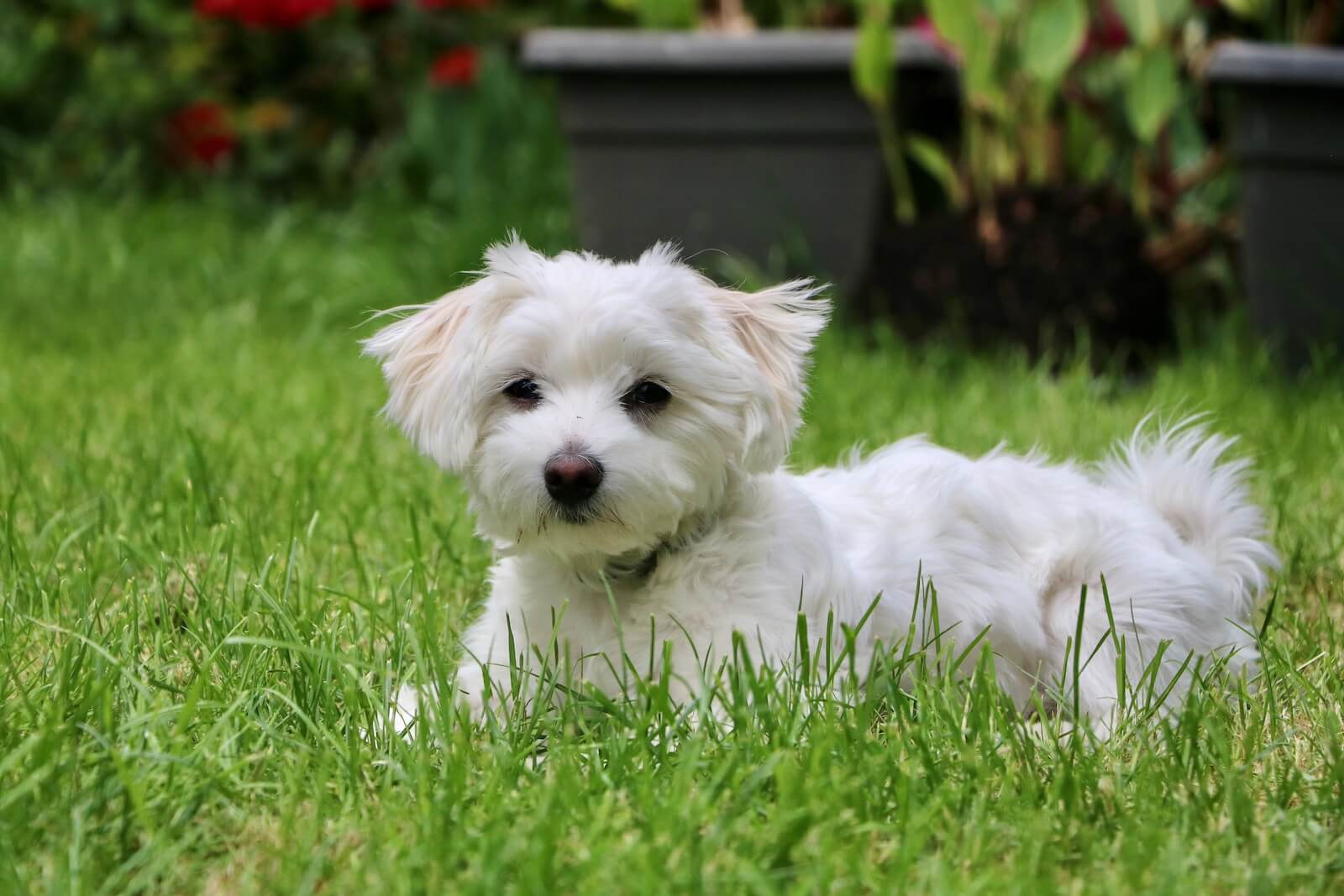
This silky-haired breed may seem independent, but they can be very shy and loving. The Maltese breed tends to bond strongly with owners that will need to spend their spare time tending to those luscious locks.
The Maltese, known for their elegant white coat and playful personality, might harbor a surprising secret: a shy streak towards strangers. While playful and vocal at home, they can become timid in unfamiliar situations.
These pups are homebodies with big personalities. World Animal Foundation describes them as “playful yet shy around strangers,” while Oodle Life highlights their “affectionate” nature alongside their fear of unfamiliar faces. Animal Corner agrees that they often display playful energy at home, but warns of potential shyness in new environments.
Despite their timidity, Maltese don’t hold back when it comes to expressing themselves. They definitely have a tendency to “bark or yap” to communicate their needs and wants.
If you’re considering a Maltese, be prepared for their shy side. Animal Corner advises patience when introducing them to new experiences, allowing them time to adjust at their own pace.
2. Beagle
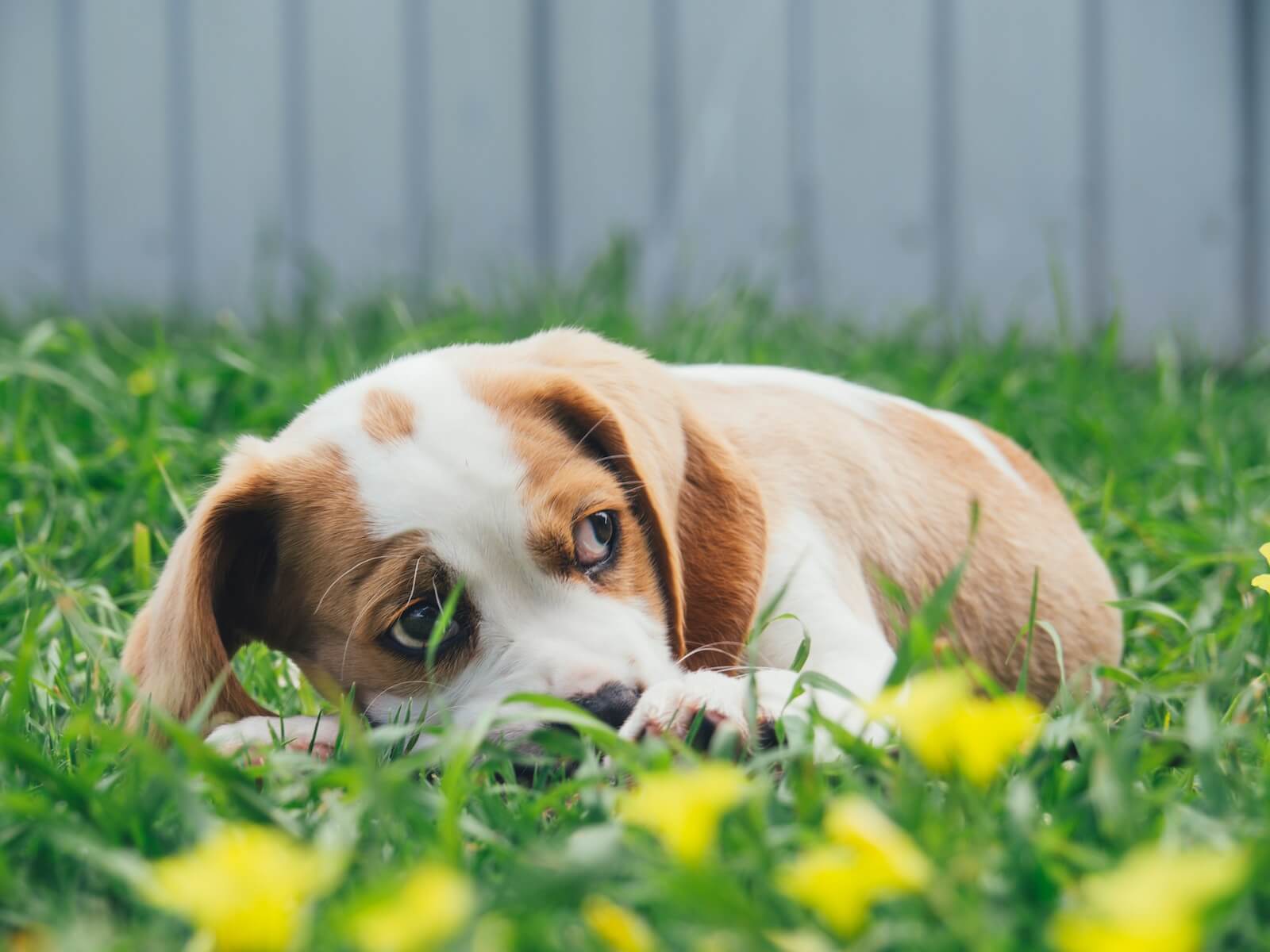
Beagles are a mystery. With tendencies for aggression and shyness, these dogs require strong socialization as puppies in order to be their best pet selves. Despite their adorable, expressive faces, Beagles can surprise you with a reserved demeanor towards strangers, according to World Animal Foundation.
This timid streak might manifest in different ways. As Pup Vine points out, some Beagles might even be hesitant about receiving affection initially. They recommend patience and positive reinforcement, like treats and gentle pets, to help your Beagle build trust and overcome their shyness. Remember, every Beagle is different, so finding the approach that works best for your individual pup is key.
While this shyness might seem at odds with their energetic and playful nature, Healthy Homemade Dog Treats offers a unique perspective. They highlight how this combination can make Beagles particularly well-suited for calm individuals. Imagine an enthusiastic companion who respects your personal space – an ideal match for some dog owners!
3. Mastiff
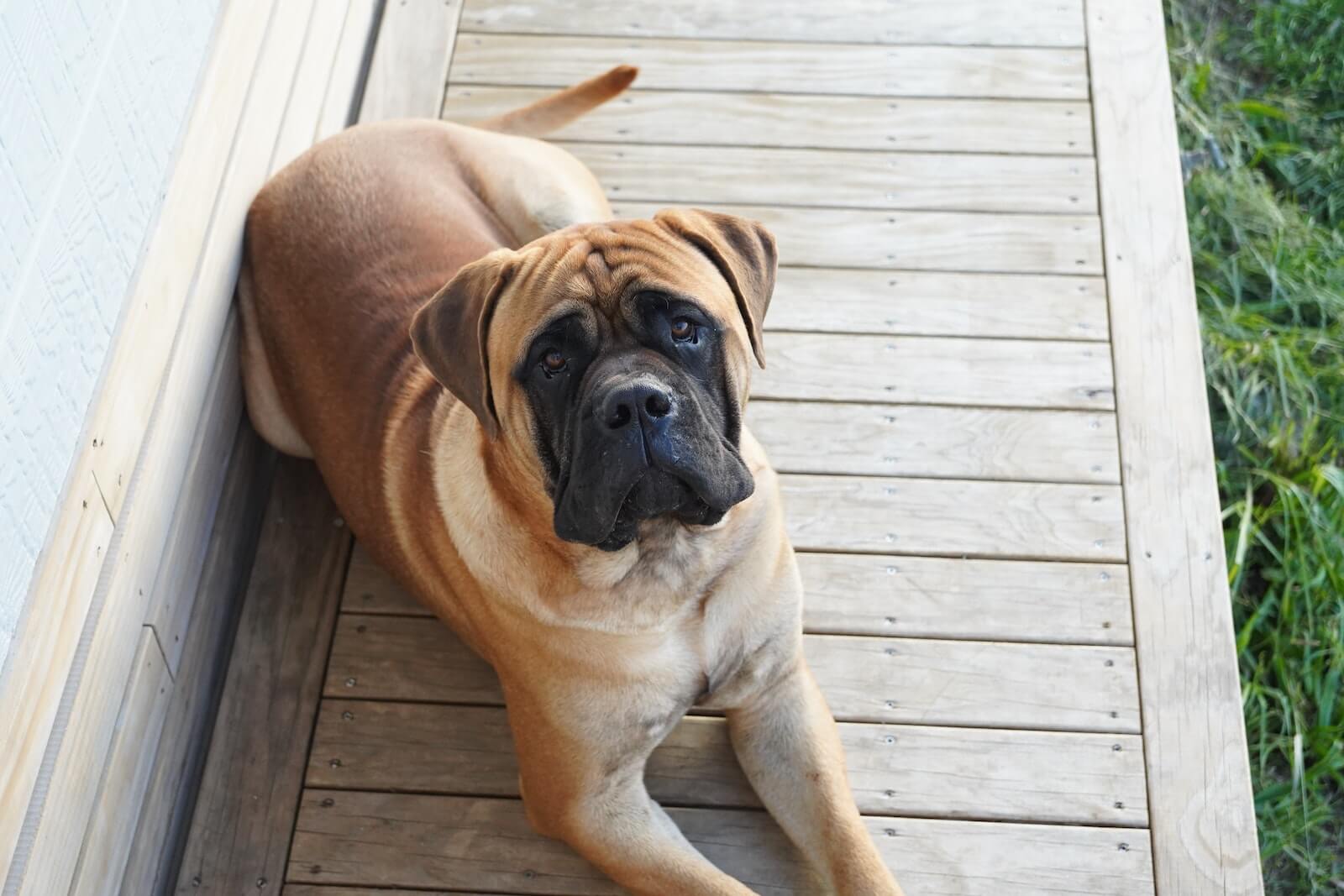
These big dogs have a sweet and timid disposition that belies their powerful bodies. Some are even purported to display cowardly behavior. Don’t let their imposing size fool you! Despite their over 200-pound frames and formidable appearance, Mastiffs are known for their surprisingly gentle nature and, somewhat unexpectedly, a shy streak.
Mastiffs are known to be timid but loyal protectors. While they might be wary of new experiences and people, Mastiffs are fiercely loyal to their loved ones. Healthy Homemade Dog Treats emphasizes that they won’t hesitate to defend their owners, even if their initial reaction is fear. Animal Corner agrees this, stating they will “stand between their owner and the threat,” despite their shyness.
Pup Vine wisely points out the importance of exposing Mastiff puppies to new things from a young age. This helps combat their timidity and allows them to become more comfortable in various situations.
Despite their potential shyness, Mastiffs are known for their gentle disposition. Animal Corner says that these “creatures are surprisingly gentle,” highlighting the need for socialization but emphasizing their inherent calmness.
4. Great Dane
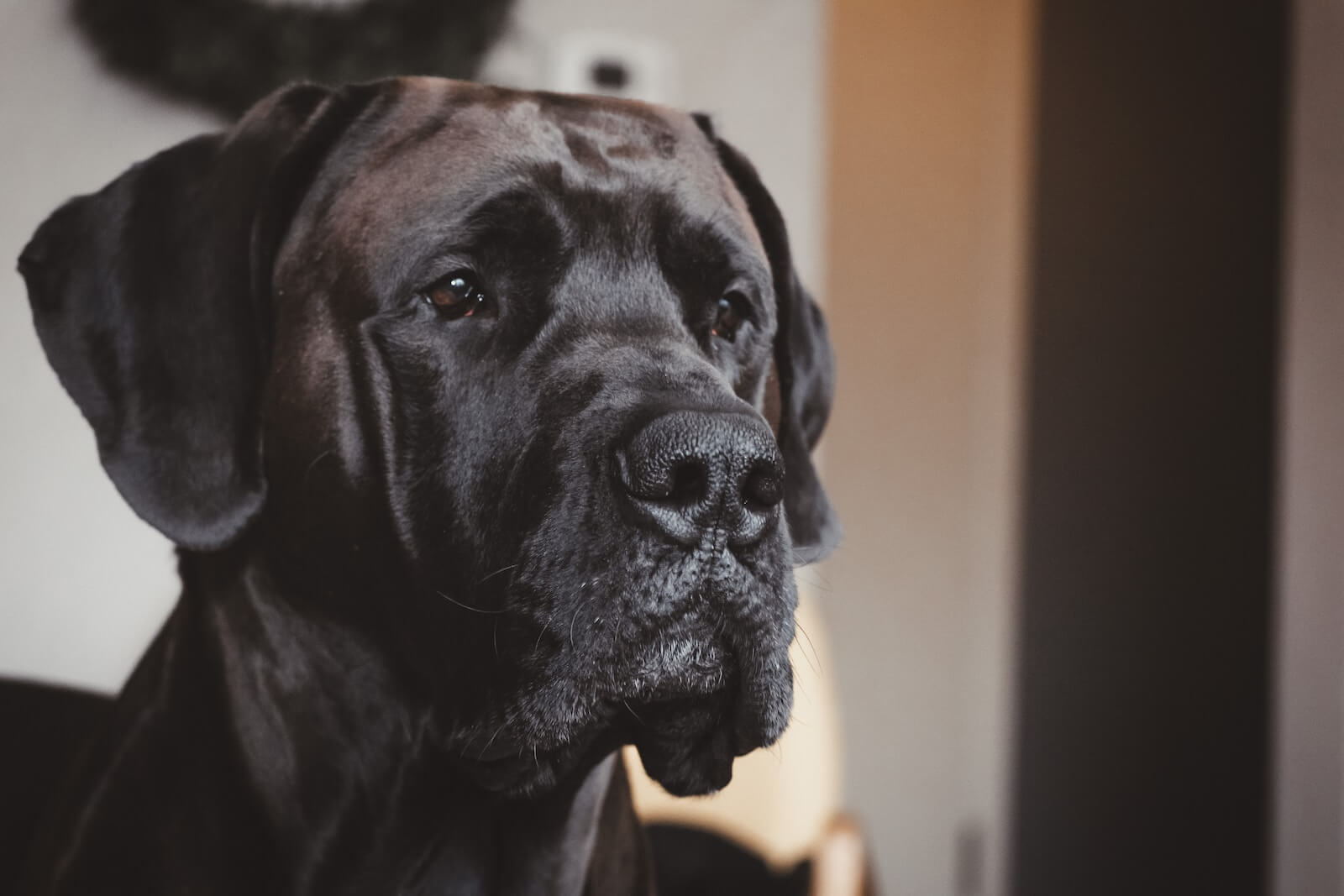
The Great Dane is another contradictory doggie. Big, scary, and strong looking: these oversized cuddle bugs are smoochie poochies that dislike strangers. Towering figures with hearts of gold, Great Danes might surprise you with their contrasting personalities. While gentle and affectionate with their families, they can exhibit a shy side towards strangers, as noted by World Animal Foundation.
Yahoo! highlights their preference for their owners over unfamiliar company, highlighting a potential lack of social interest. This shyness isn’t a sign of aggression, but rather a reserved demeanor.
Despite their size, their gentle nature shines through. Animal Corner emphasizes their “sweet” personalities, creating a humorous juxtaposition with their imposing stature. Imagine a massive dog who prefers cuddles with their loved ones over bustling social gatherings!
5. Greyhound
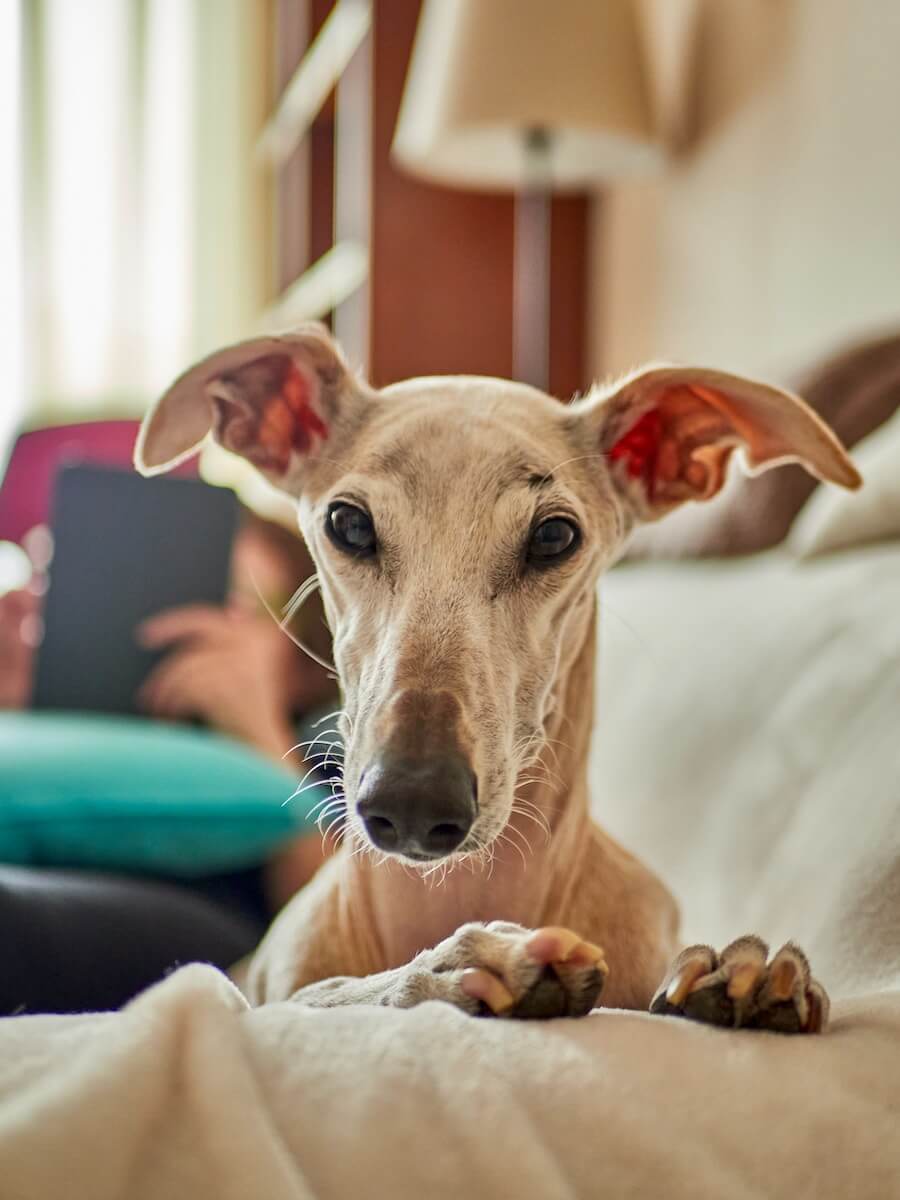
Greyhounds cast a distinct silhouette with their lean physiques. They are also said to be very timid when meeting new people and love napping all day. The sleek and elegant Greyhound might surprise you with their personality. While loving with their families, they tend to be reserved and require a different approach compared to some other breeds.
Animal Wised highlights their need for early socialization due to their naturally reserved nature. This doesn’t mean they’re unfriendly, but they might take their time warming up to new people and situations. Oodle Life confirms this, calling them a “gentle breed who require a bit of a delicate hand to earn their trust.” However, with patience and love, they form strong bonds with their families, as attested by The Scotsman, who mentions their sociability with familiar people and dogs “once they are comfortable in their environment.”
Despite their athletic prowess, Greyhounds aren’t known for being territorial or aggressive. Animal Wised clarifies that they “are not usually recommended as guardian or defense dogs” due to their lack of territorial instincts.
Oodle Life points out their “independent personality,” meaning they enjoy periods alone. This doesn’t mean they don’t need attention, but they might be content spending time relaxing on their own as well.
6. Gordon Setter
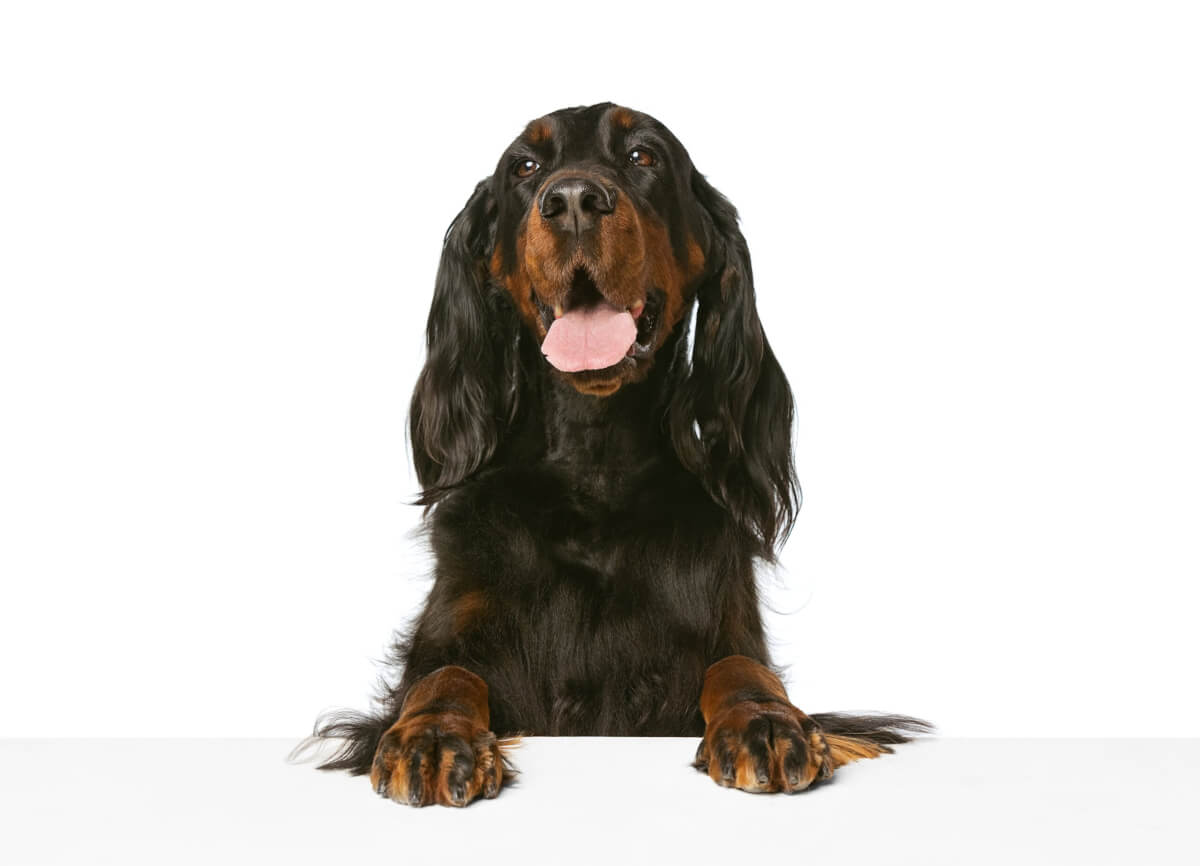
The Gordon Setter is a low-profile breed that was originally bred to hunt. Despite this, they are loving and shy. Known for their love of the outdoors and patient demeanors, Gordon Setters offer a unique companionship experience. According to Animal Wised, Gordons are medium to large in size, have distinctive markings, and a well-muscled build. While they might not be everyone’s cup of tea due to their specific traits, understanding them can help you decide if they’re the right fit for your lifestyle.
World Animal Foundation highlights their “outdoorsy” nature and affectionate disposition, mentioning their signature way of showing love: “drooling on their beloved owners.” This affectionate quirk might not be for everyone, but it underscores their loyalty and attachment to their families.
Oodle Life delves deeper into their nature-loving side, noting their Scottish roots and ability to handle “harsh weather.” They also emphasize their patience and loving nature, reminding potential owners that the time invested in training and care will be richly rewarded.
7. Akita Inu
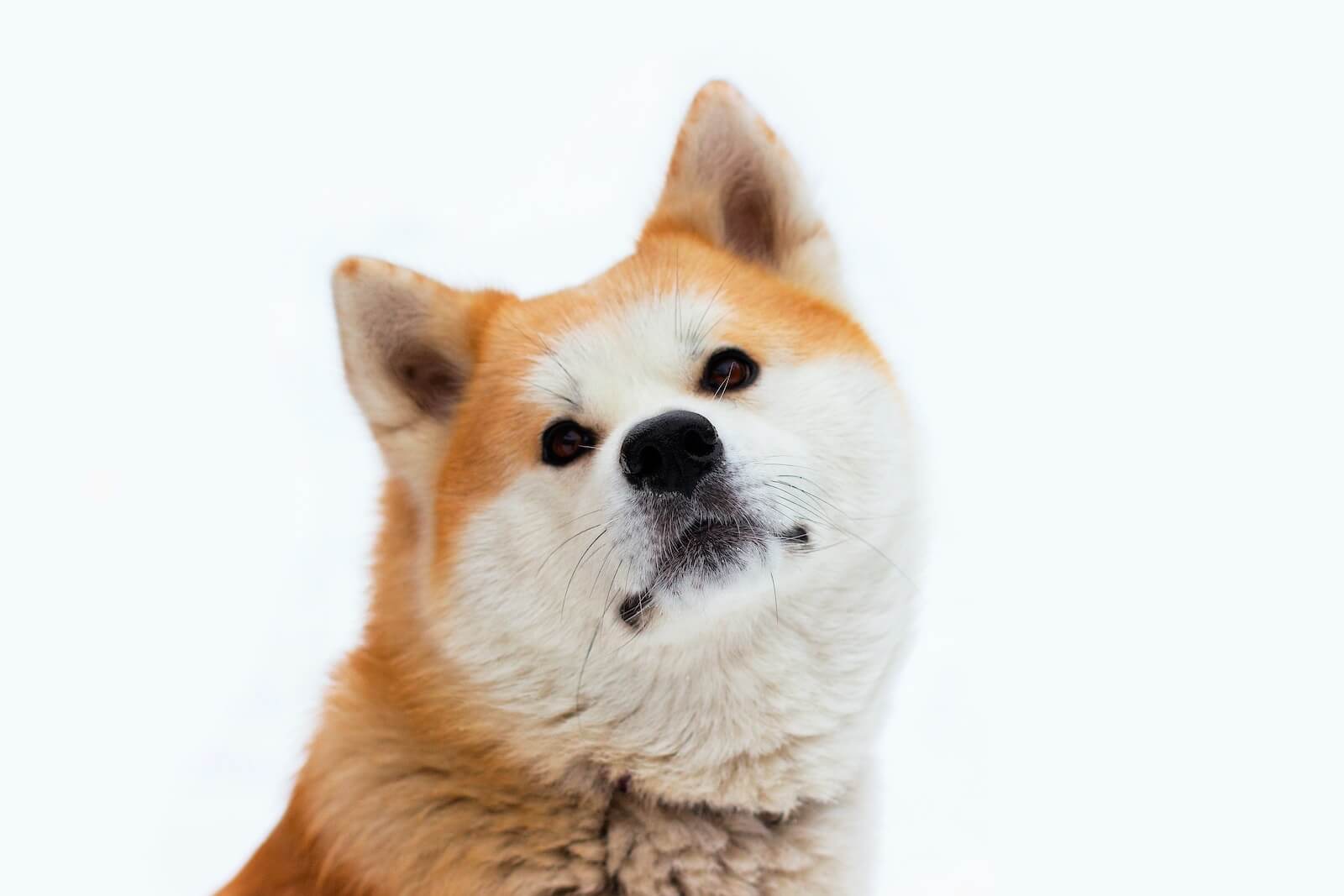
The Japanese Akita Inu and her American cousin the Akita, are striking dogs. These beautiful canines can be a bit standoffish, especially with strangers. World Animal Foundation highlights their territorial nature and aloofness towards strangers, showcasing their deep loyalty but also potential challenges in socialization.
According to Animal Corner, Akitas are very independent, and “don’t necessarily need your approval 24 hours a day,” which can translate to mischief if not properly channeled. This independent spirit doesn’t diminish their loyalty. They form strong bonds with their chosen humans, but on their own terms. Patience, consistent training, and respecting their need for space are crucial for building a harmonious relationship.
The Scotsman further clarifies their preference for distance, mentioning their lack of interest in constant cuddles and potential fearfulness around strangers. If you crave a constantly affectionate companion, the Akita Inu might not be the perfect fit. However, if you appreciate a loyal guardian with a strong independent spirit, understanding and respecting their unique personality can lead to a rewarding and enriching bond. Ultimately, research and careful consideration are essential before deciding if this distinctive breed aligns with your lifestyle and expectations.
You might also be interested in:
Sources:
- World Animal Foundation
- Oodle Life
- Animal Corner
- Pup Vine
- Healthy Homemade Dog Treats
- yahoo!news
- Animal Wised
- The Scotsman
Note: This article was not paid for nor sponsored. StudyFinds is not connected to nor partnered with any of the brands mentioned and receives no compensation for its recommendations. This article may contain affiliate links in which we receive a commission if you make a purchase.
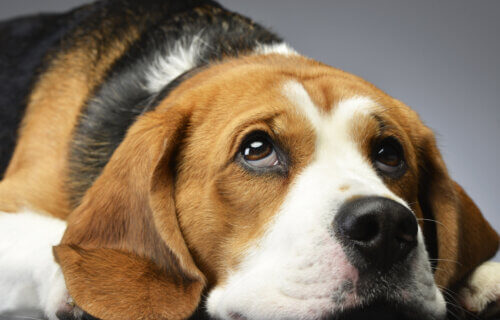
I do not know about the other breeds but I definitely know about Maltese! If you read the American kennel club standard, “For all their diminutive size they are without fear.” If you have a fearful Maltese they have been made that way and not socialized properly or they have been hurt. They are an absolute fearless little dog. Sometimes too much!
So many of your articles on dogs are less than accurate, but you’ve gone way the hell off the reservation this time. I’ve had and worked with beagles all of my nearly 70 years & you are full of crap when it comes to the breed. You know nothing. Stop bullshitting people with your pigwash.